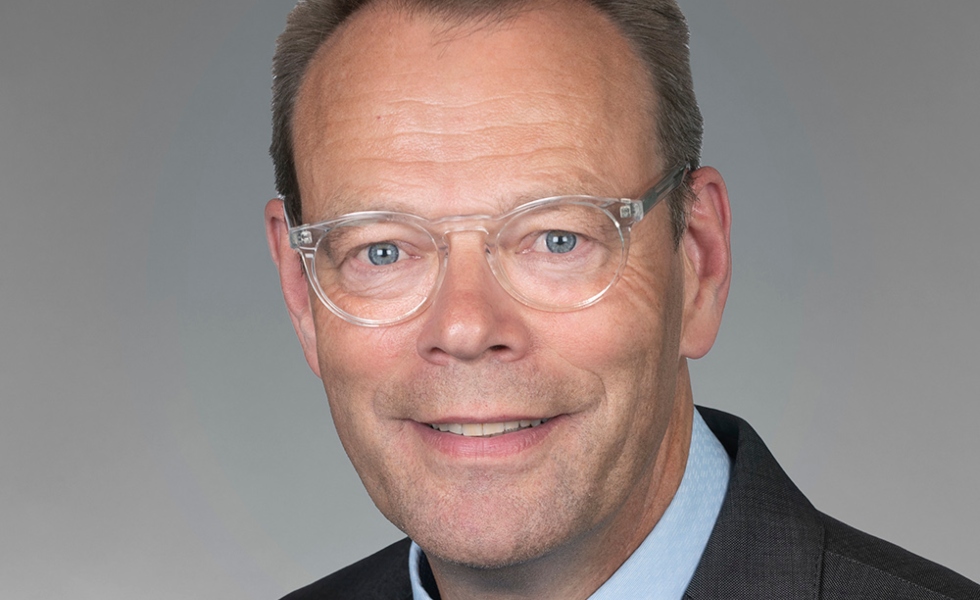Dick Kamp: Darwinism in risk management
Dick Kamp: Darwinism in risk management

This column was originally written in Dutch. This is an English translation.
By Dick Kamp, Director Pension, Investment and Risk at Milliman Pensioen
The analogy between society and nature is greater than we might think. Although the individual can consciously direct and thus go against nature, this does not apply with large groups of people.
The dynamics that arise in large groups of people correspond to the dynamics of nature. It is a chaotic system that nevertheless complies with certain rules. These rules can be explained afterwards, but are very difficult to predict. Consider, for example, the financial markets with crises such as Black Monday in 1987, the Great Financial Crisis in 2008, and all the other crises before, in between and after.
Darwinism focuses on the principle of 'survival of the fittest'. In other words, the best adapted plant and animal species thrive and the less adapted plant and animal species become extinct. And because nature is a chaotic and dynamic system, plants and animals are constantly adapting. If they succeed, they will continue to exist. If they don't succeed, another species will become dominant and they will disappear.
The Dutch pension landscape as we know it has been around for about 75 years. In the beginning, this often involved socially-oriented initiatives by individual companies. In the 1960s and 1970s, pension administration was organized sector by sector, partly due to the then strong trade unions, and industry-wide pension funds emerged. With the high interest rates at that time, an actuarial interest rate of 4% meant that there was more or less free money. And anyone could manage a pension fund.
But 'nature' changed. The decline in interest rates that started in the 1980s became problematic in the 1990s. Riskier investments had to be made. At the same time there was a blurring of sectors. The clearly separated sectors of the past were increasingly merged. Pension funds had to adapt. After a number of financial crises, the pressure on pension funds increased. The government and supervisors came up with measures, including financial requirements (FTK) and governance requirements (expertise, administrative structure). And now, we are moving to a new pension system.
Consequences for the sector: of the approximately 1,000 pension funds approximately 25 years ago, there are now approximately 170[1] left. At the same time, new pension providers have been added. Consider the PPI and the APF. Pension funds have merged, stopped or transferred the accrued pension to insurers, industry-wide pension funds, APFs and PPIs.
Back to Darwinism. In the plant and animal world there is no consciously controlled process that makes it clear in advance which species will continue to exist in its current or modified form. But how does this work for the pension fund? Do they have any control over this at all?
I think so. This is where a risk management-based strategy comes into play. What do I mean by that? A pension fund, as a conscious organization, ensures that the following matters are present:
- An ongoing analysis of and reflection on relevant developments in the ecosystem. This includes stakeholders (including employer(s), participants, administrators, asset managers, regulators), society, the financial markets, politics, 'technology' and other pension providers.
- Strong internal governance (board, internal supervision, participation).
- Robust operational implementation (insourced or outsourced)
- A strategy based on the knowledge and insights from point 1, the feasibility of which is explicitly established.
- Luck, as strange as that may sound. Points 1 to 4 can be controlled. With regard to the execution and circumstances, there is also a bit of luck involved. Without the meteorite impact 66 million years ago I would not have been able to write this piece.
I often hear, and this is partly correct, that the pension fund is not there 'for' the pension fund. That's right. The pension fund exists to give participants the best possible pension. This does not come about by chance. This requires conscious policy (and a bit of luck).
Consciously and structured progress through the strategic policy cycle and continuous monitoring and evaluation is important. The regulator and Pensionfederatie are working hard to facilitate directors in this and thus make 'conscious Darwinism' possible.
Dear board member, how conscious are you about ensuring that your pension fund is permanently appropriate within your own ecosystem? And do you see the 4 (or 5) matters mentioned in this article in that light?
This is the twenty-seventh column in a series on risk management. The series aims to encourage the reader to consider risk management as an integral part of running a pension fund.
[1] Source: website DNB






